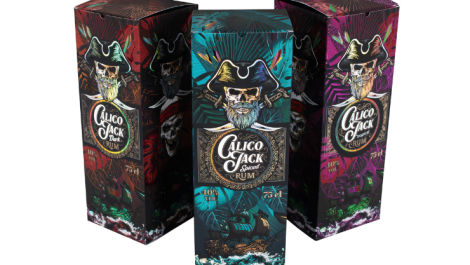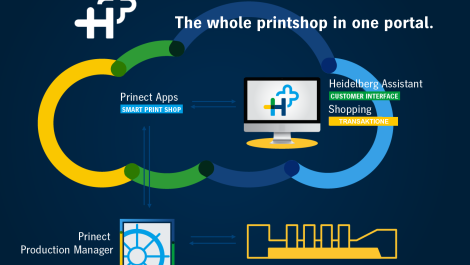The weekly Verdigris blog by Laurel Brunner
There are numerous ecolabeling schemes around but only a few, such as those in Scandinavia and Hong Kong, are specific to printed matter. Schemes like the European Ecolabel or the German Blue Angel are generic, rather than being specific to print. The benefit of having a dedicated ecolabeling scheme is that it can be easier for printers and publishers to follow, and for consumers to understand. A truly local scheme can be configured to meet the needs of a specific country or state. Some schemes are more rigorous than others to reflect the local reality. They evolve by starting off gently to encourage awareness and uptake, and get tougher following regular reviews and market response.
There is a more important point to consider however. What is the point of an ecolabeling scheme for print? This is probably the hardest question to answer, because unless a labelling scheme delivers real benefit for printers, publishers and consumers it isn’t really worthwhile. Making a label credible takes investment into the scheme’s design and credibility. It takes even more effort to develop the market and this requires a hefty dose of communications and PR, much as it does to establish a brand. The label must deliver clear benefits to all parts of the print media supply chain, such as data for carbon offsetting, and this is where it gets tricky. Environmental labels for print are only valuable, if they are part of a wider effort to promote print’s effectiveness and sustainability in the age of electronic communications.
Encouraging markets to really care about an environmental label’s details is an uphill struggle. Print already battles against the perception that it’s wasteful, so perhaps we need to do more to get people to care more about ecolabeling. People are not particularly motivated to read labels, unless they can relate to their content. We care about calories and nutritional data for food, active ingredients for pharmaceuticals and chemicals in cleaning products. But what possible interest is there in print’s ecofriendliness in such a context?
None is the answer which is why ecolabels for printed matter should be presented in the context of environmental and human health. Establishing a link to the planet and peoples’ wellbeing might encourage everyone to take print’s sustainability message more seriously. This means that the criteria used in print ecolabels should include toxicity and recyclability data, as well as wider Life Cycle Analysis details. Ecolabels for print could include some sort of rating scheme that explains in simple terms the environmental friendliness of a given piece of print. If people could make simple comparisons, particularly at local level, they might take all the chat about print’s sustainability more seriously.
http://verdigrisproject.com/blog/ecolabeling-schemes-for-print
This article is part of the Verdigris series of stories about understanding the environmental impact of print. The Verdigris Project is supported by Agfa Graphics, Canon Europe, Digital Dots, drupa, EcoPrint, EFI, Fespa, HP, Pragati Offset, Ricoh, Splash PR, Unity Publishing and Xeikon.





